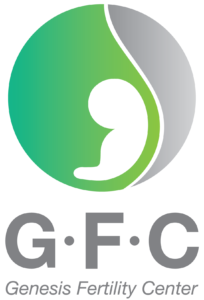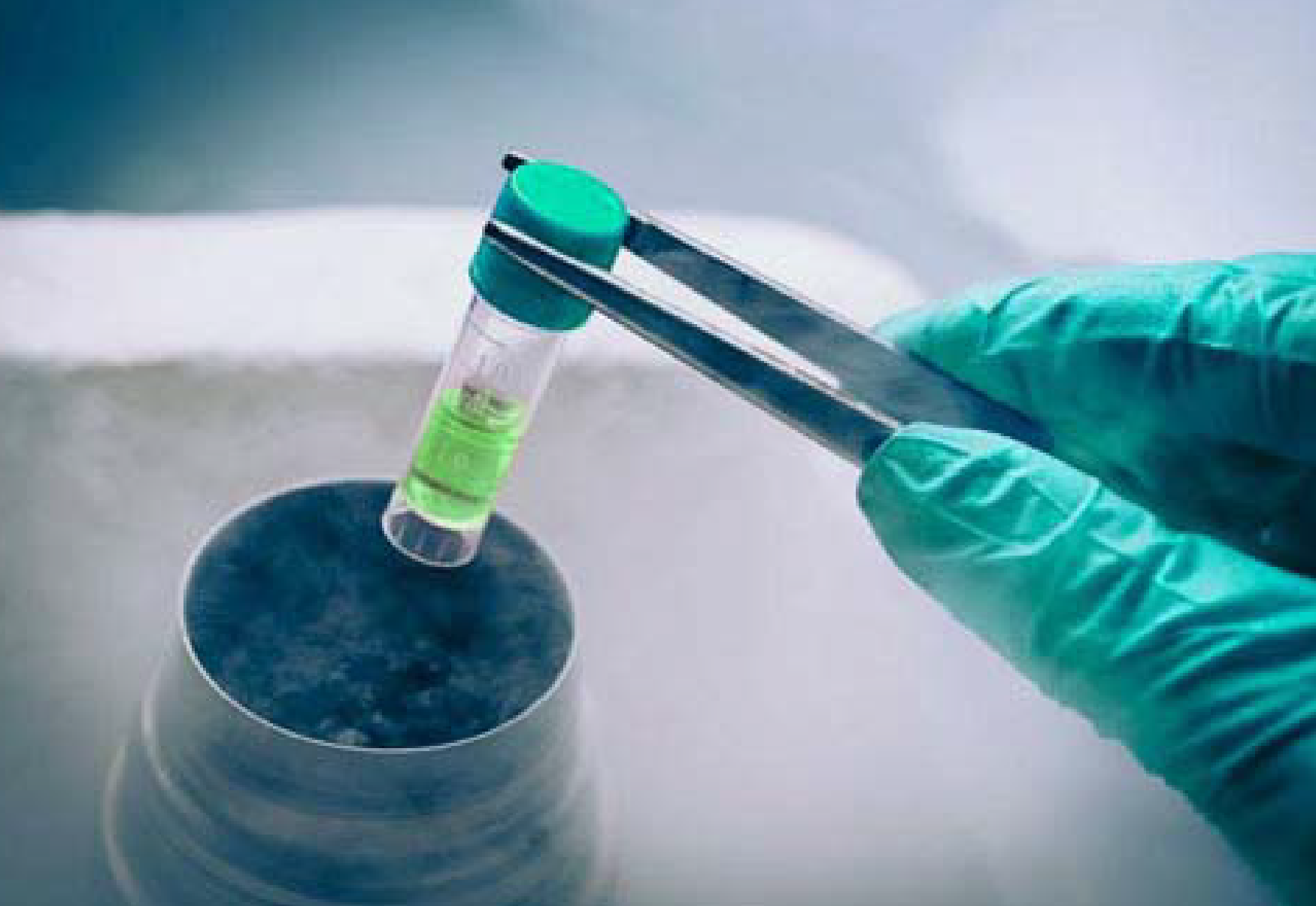Currently, frozen embryo transfer (FET), also known as embryo transfer in the frozen cycle, is recommended for patients undergoing fertility treatment. This is because FET offers a higher success rate in achieving pregnancy compared to fresh embryo transfer (FRESH).
Differences between fresh embryo transfer (FRESH) and frozen embryo transfer (FET):
- Fresh embryo transfer (FRESH) involves transferring embryos into the uterus immediately after the fertilization process, typically 3-6 days later.
- Frozen embryo transfer (FET) involves thawing previously cryopreserved embryos and transferring them into the uterus. In this case, patients have the flexibility to choose a convenient time frame, such as 3-4 months after the fertilization process.
Why does FET offer a higher success rate in achieving pregnancy?
- Prevention of Ovarian Hyperstimulation Syndrome (OHSS): During the process of ovarian stimulation using LH (Luteinizing Hormone) and FSH (Follicle Stimulating Hormone) hormones, in addition to increasing the number of eggs released, it also results in elevated hormone levels. Transferring embryos while the body has high hormone levels, as in the case of fresh embryo transfer (FRESH), may pose a risk of Ovarian Hyperstimulation Syndrome (OHSS). OHSS can lead to fluid accumulation in the abdominal cavity, causing symptoms such as bloating, abdominal discomfort, and may require hospital treatment. In severe cases, it can cause difficulty breathing, kidney failure, and pulmonary edema. Furthermore, if pregnancy occurs, the developing fetus may also be affected by OHSS.
- Body Preparation: Additionally, during the ovarian stimulation process, the uterine lining becomes thicker than usual, and some individuals may experience uterine wall swelling. These factors can make it difficult for the embryos to implant successfully. Allowing the uterine lining to return to its normal state by giving patients a resting period of at least one menstrual cycle after the ovarian stimulation process increases the chances of successful embryo implantation. Therefore, it is necessary to preserve the embryos through freezing until the patient is ready both in terms of time and physical health to undergo frozen embryo transfer (FET).



